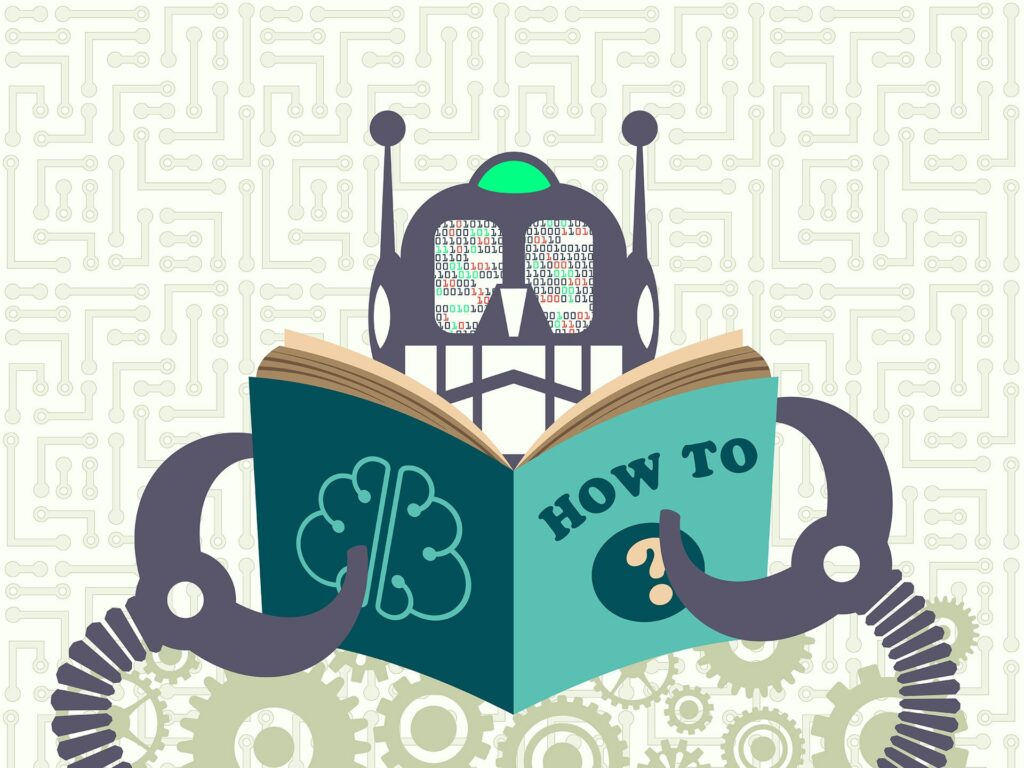This technical paper from NCVER is an exploratory analysis to evaluate the effectiveness of using machine learning approaches to calculate projected VET completion rates and compares this with the current approach NCVER uses.
Why is this important? Because we want the best possible projection of completion rates rather than having to wait until the complete data is available. That is too late for policy making and practical interventions.
NCVER has demonstrated that its current approach is “reliable, with predictions aligning well with the actual rates of completion for historical estimates.” However, it’s worth investigating to see if better approaches might be available, hence looking at machine learning as an alternative. Machine learning is a form of artificial intelligence founded on the ability of machines to learn by themselves and to imitate human behavior. Indeed, the more data and information they have, the better their predictions come over time.
NCVER’s study found that using data from the 2016 commencing cohort, “the completion rate predictions using machine learning algorithms were generally more accurate than the rates achieved using NCVER’s current approach.
Indeed:
“One of the key advantages anticipated by the adoption of a machine learning model for predictions is the timeliness of the predictions. The machine learning model is anticipated to allow projections to be calculated for a new cohort as soon as the enrolment data are received from the various training providers. However, this method relies on a four-year window of historical training activity data to train the model.”
There is a cautionary note to all of this, though, and that is the significant disruption from the COVID-19 pandemic may have affected the assumptions underlying the estimation of completion rates and hence the accuracy of the completion rate predictions.








